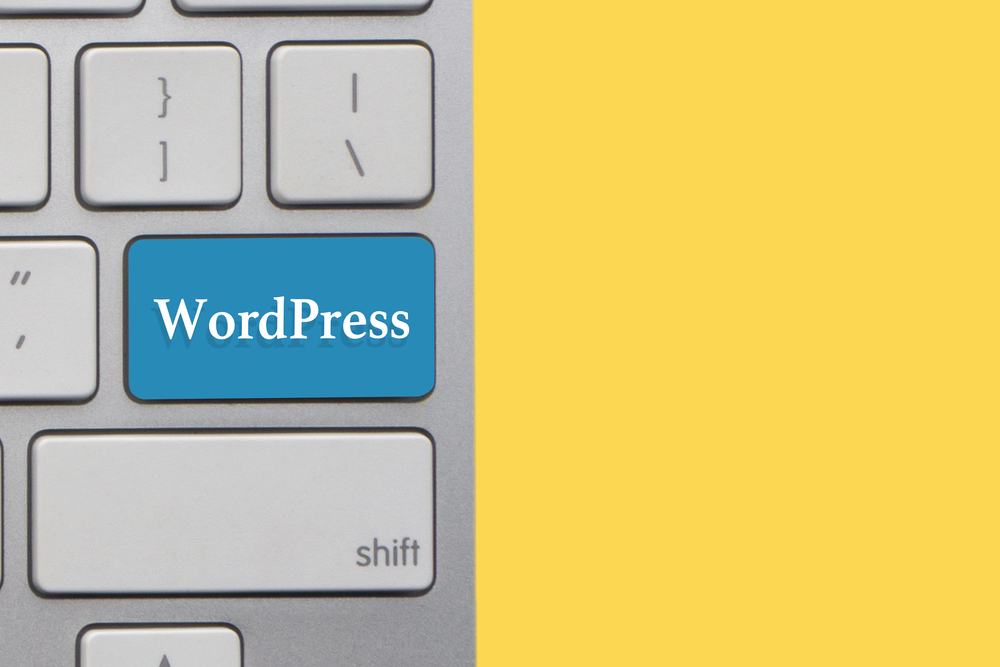
WordPress has undoubtedly become one of the most popular and powerful content management systems (CMS) for building websites. With its user-friendly interface and extensive customization options, WordPress empowers both beginners and experts to create stunning websites. However, to truly harness the full potential of WordPress, it is essential to master the art of customization and maintenance. In this article, we will provide expert tips and techniques to help you elevate your WordPress (or WP) website to new heights.
1. Choosing a Theme that Suits Your Needs
One of the key factors in the overall look and feel of your WordPress website is the theme you select. With thousands of themes available, it can be overwhelming to choose the right one. Consider your website's purpose and target audience while selecting a theme. Ensure that it is responsive, SEO-friendly and provides the necessary customization options you require. Additionally, opt for a theme that is regularly updated and supported by its developers.
2. Customizing Your Theme
Once you have selected a theme, it's time to customize it to align with your branding and requirements. WordPress (the platform for bloggers) provides various customization options, allowing you to modify your theme's colors, typography, menus, and widgets. To go beyond the basic customization, you can use a custom CSS plugin to add your own code snippets and make advanced design changes. Remember to create a child theme to avoid losing your modifications during theme updates.
3. Installing Essential Plugins
WordPress offers an extensive collection of plugins that enhance its functionality. However, the excessive use of plugins can slow down your website. To ensure optimal performance, only install the plugins that are necessary for your website. Here are a few essential plugins that can significantly improve your WordPress (WP) experience:
a) Yoast SEO: This plugin provides a comprehensive set of tools to optimize your website for search engines, enhancing your chances of ranking higher in organic search results.
b) W3 Total Cache: A caching plugin that improves your website's load time by caching static files, reducing server load, and leveraging browser caching.
c) Akismet: A powerful anti-spam plugin that helps you combat comment spam on your WordPress (the blogging platform) website, keeping it clean and secure.
d) UpdraftPlus: A reliable backup plugin that automatically creates backups of your WordPress website and allows you to easily restore it if something goes wrong.
4. Optimizing Website Performance
A slow-loading website can significantly impact user experience and search engine rankings. By optimizing your website's performance, you can ensure fast loading times and a smooth browsing experience for your visitors. Here are a few performance optimization tips:
a) Image Optimization: Compress and resize your images before uploading them to your website. Additionally, use lazy-loading techniques to load your images only when they become visible on the screen.
b) Minify CSS and JavaScript: Remove unnecessary spaces, line breaks, and comments from your CSS and JavaScript files to reduce their file size.
c) Use a Content Delivery Network (CDN): A CDN stores your website's static files on multiple servers around the world, delivering them to users from the server closest to their location, resulting in faster load times.
d) Enable Caching: Utilize caching plugins such as W3 Total Cache or WP Super Cache to store static versions of your web pages, reducing server load and increasing load times for returning visitors.
5. Security Measures
Ensuring the security of your WordPress website is crucial to protect it from malicious attacks and hackers. Follow these security practices to safeguard your website:
a) Keep WordPress Updated: Regularly update your WordPress core, themes, and plugins to ensure you have the latest security patches.
b) Use Strong Passwords: Utilize unique, complex passwords for your WordPress admin account and encourage your users to do the same.
c) Limit Login Attempts: Install a plugin that limits the number of login attempts to prevent brute force attacks.
d) Install a Security Plugin: Plugins like Wordfence or Sucuri add an extra layer of protection by monitoring and blocking malicious login attempts, malware, and suspicious activity.
Frequently Asked Questions
Q1. How can I backup my WordPress website?
A1. You can use plugins like UpdraftPlus to automatically backup your WordPress website and store the backups on external services like Dropbox or Google Drive.
Q2. Are there any free themes available for WordPress?
A2. Yes, WordPress repository offers a vast collection of free themes that you can browse and install directly from your WordPress dashboard.
Q3. How do I improve my website's search engine rankings?
A3. Install a plugin like Yoast SEO to optimize your content, meta tags, and XML sitemaps. Additionally, focus on creating high-quality and keyword-rich content that provides value to your audience.
Q4. Can I monetize my WordPress website?
A4. Yes, you can monetize your WordPress website through various methods like display ads, affiliate marketing, sponsored content, or even selling products or services directly.
Q5. How often should I update my plugins and themes?
A5. It is recommended to update your plugins and themes as soon as updates become available, ideally on a weekly basis, to ensure you have the latest security fixes and bug patches.
In conclusion, mastering WordPress involves understanding its customization options, optimizing website performance, and implementing security measures to protect your website. By implementing the expert tips and techniques mentioned in this article, you can elevate your WordPress website to new heights, creating a visually appealing, fast-loading, and secure online presence.
Other useful resources
- https://www.wordpress24plus.com/services/wordpress-development/
- https://www.wordpress24plus.com/wordpress-tools-directory/wordpress-plugins/
- https://en.wikipedia.org/wiki/Blog